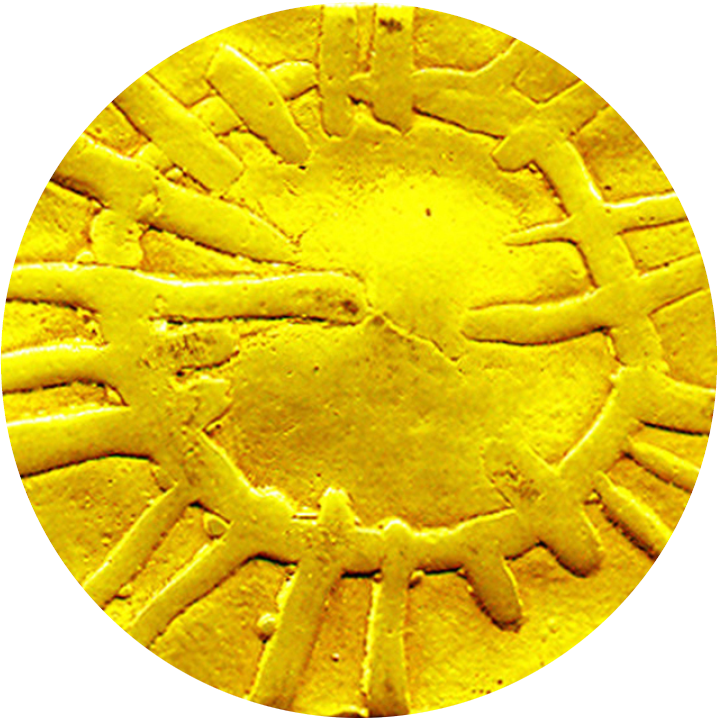Oleg Timchenko
Images
Info

Oleg Timchenko is one of the main participants in the current events of Georgian art. As a former member of the artistic group the Tenth Floor, based in the Marjanishvili Studio, he continues his creative marathon that began in the 1990s as an artist with the ability to endlessly transform himself. His work follows a path of radical transformations, both in terms of subject matter and style. He is generally a painter of character, a lover of personification. For his paintings, Timchenko often chooses historical, mythological, religious, literary or cultural characters: Ophelia, the Sphinx, the Infanta, Pontius Pilate, a dwarf, or the Prince of Persia among others. The artist borrows “objects” from culture, continues their stories, and presents their simulacrum and imitation. Culture is an archive from which he obtains his continuous stream of inspiration. He selects important artistic “lines” from different layers of nations, epochs and civilizations, or brings to life shots “taken” from culture.
The author “travels” in his works through different countries, eras and cultural layers, reflecting personal or genetic memory. At the same time, the artist does not play the role of remote narrator, but rather becomes an empathetic participant in the story. He is an author who digs into the “essence” of a character and emotionally experiences his or her adventure. Based on his chosen protagonists, he “participates” in the history of the universe, and presents each figure in a new context. Invention is a continuous process of transformation. Timchenko acquaints Infantas with dolls, a prince with leopards, turns a sphinx into the guard of a treasury, and allows a toy horse with a naïve expression to ride from one image to another. He paints the same character for many years, sometimes suddenly “introducing” a new personage with a corresponding new biography, entourage, and attributes. His works are marked with the unity of diversity and the peaceful coexistence of radically different worlds. Timchenko’s works demonstrate religious and cultural equality, as well as compassion for those who are different: disabled persons, dwarfs, the oppressed, animals and even angels.
Timchenko is a “reactionary” artist, and his reaction is compassion. He loves the world and cares about its pain. He connects his personal feelings to eternal themes, and touches upon topics where the drama of existence is associated with strong feelings. His works express love, death, beauty, psychosomatic difference, fear and pain. His painting is grotesque and expressive. Timchenko’s works were expressive from the very beginning, even during the period of the Tenth Floor, but in his early works the expressive drama was not as “colored” with beauty as in his later images. This feature emerged a little later, when one direction of the vision/expression was added to another. The ascetic expressiveness of the 1980s was gradually replaced by the appearance of fireworks. The effect of fireworks is a technical method, whereby the processing of a painting’s surface with colors creates the illusion of a fairy tale, a celebration, the explosion of colors, and the effect of pulsation. The theme of the painting dictates to the artist its singular manner of execution, which is at times realistic and textural, at others resembles posters and is generalized: the image is fixed as a sign/a symbol. In other words, reality is replaced through the signs that represent reality.
As a result of such generalizations, a symbol that is separated from basic reality acquires a wholly new meaning. Consequently, in Oleg Timchenko’s paintings ordinary objects or characters preserve their historical or cultural context, while at the same time become the inhabitants of a new, artist-generated hyperreal world that offers viewers constant surprises.
Baia Tsikoridze










